- Wildman Steve Brill
- foraging group
- hedge mustard
- poor mans pepper
- young garlic mustard
- garlic mustard bud
- garlic mustard flower
- lesser celandine
- goutweed
- kentucky coffee tree seed pod
- star of bethlehem
- japanese knotweed
- japanese knotweed with old growth
- Hercules Club or Devil’s Walking Stick
- chickweed
- mugwort
- field garlic
- daylily
- sassafras
- may apple
- violet
- burdock
On Saturday my friend Alison and I went on a wild edibles foraging tour of Prospect Park in Brooklyn. Wildman Steve Brill was our very funny and knowledgeable guide. We had a big group of about 25-30 people and we raised eyebrows as we all bend down, picked some weedy looking plant and then put it in our mouths. I highly recommend any of Steve’s tours. I learned a lot about plants I’d never really taken notice of before. He shared tips for what part of the plant is edible, how to cook them, what time of the year you are most likely to find them, and their medicinal properties.
Here’s a list of what we found on Saturday. Alison took the notes while I took the photos. There was so much information, it would have been hard to do both!
1. Hedge Mustard
2. Poor Man’s Pepper
a. good in stews and salads. Prevents cancer cells from developing.
3. Garlic Mustard
a. very invasive! Eat a lot of it.
b. Use it in pesto
c. Root is also edible and tastes like horseradish
d. Is in season well into May
e. Flower bud looks like broccoli and the best flavor is when the plant is blossoming.
4. Lesser Celandine
a. in the buttercup family
b. eat it before it flowers. It’s toxic after it flowers.
c. Best cooked w/ rice
5. Gout Weed
a. Parsley and celery flavor
b. Use it like parsley.
6. Kentucky Coffee Tree Seeds
a. Seeds and green pulp are poisonous raw. Roast them about 1.5 hours at 300º. Grind them to make decaf coffee.
b. Can be added to hot chocolate and chocolate cake.
7. Star of Bethlehem
a. Poisonous to eat
b. Can be confused with field garlic. It has a distinguishing white stripe that field garlic doesn’t.
8. Japanese Knot Weed
a. Related to rhubarb
b. Peel the stem and eat it. Don’t eat the leaves.
c. Makes a nice fruit compote. 1 part knot weed to 10 parts fruit.
d. Short fat stems are optimal
e. Has pretty, lacy flowers in the fall
9. Hercules Club (aka Angelica Tree or Devil’s Walking Stick)
a. Shave the thorns off with a knife and steam the developing shoots like asparagus.
10. Red Bud Blossoms
a. put them in salad or toss in batter and make fritters
11. Chickweed
a. Eat leaves, stems and flowers raw or cooked
b. Tastes like corn
c. Loads of vitamins
d. To cook: wash and chop into bite-sized pieces. Cook (steam the wet leaves) in a pot on low heat until wilted. In a separate pot cook garlic in oil and toss together.
12. Mugwort
a. It’s in the wormwood family
b. You can make a tea to help with PMS
13. Field Garlic
14. Daylily
a. Has tubers that look like potatoes.
b. The leaves taste like green beans.
c. You can eat the leaves, stems, tubers or flowers
d. 1 in 50 people have digestive problems w/ daylilies. Gradually build up to eating them.
15. Sassafras
a. Branches grow out at 45º angles from trunk
b. Smells like root beer
c. Wash the root, simmer for 20 minutes and chill the tea
d. Can also use the cambium of the root as cinnamon
16. May Apple
a. Poisonous except for the ripe fruit
17. Violet
a. Use the leaves in salad
18. Burdock
a. Delicious root. Cut the root razor thin on the diagonal, simmer it and put it in rice or a stew.
b. Leaf has silver, hairy underside.


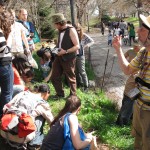
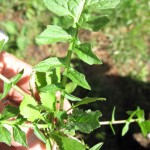
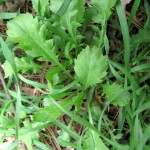
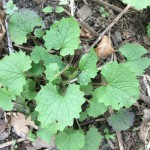
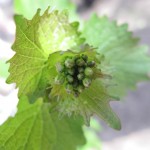
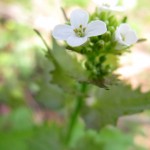
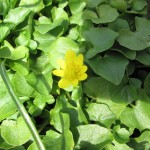
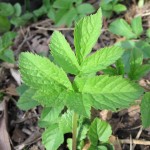
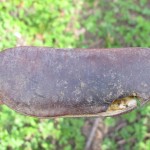
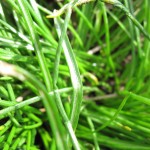
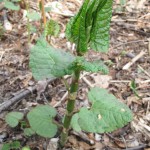
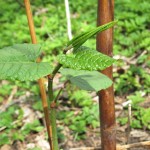
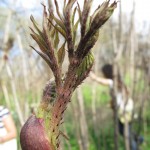

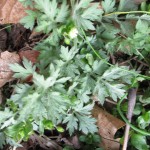
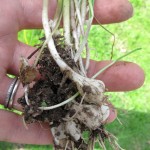
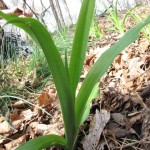
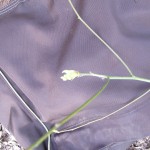
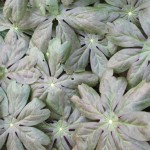
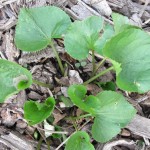
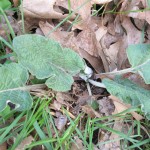
Good afternoon, thanks for the post? Is your site a free theme or paid? I am intrigued by your blog. Is it feasible to include this post on one of my sites?, i will of course link to this page. regards
Your post is very good, most of the time when I visit blogs they are complete crap and the articles are written purely for search engine traffic.